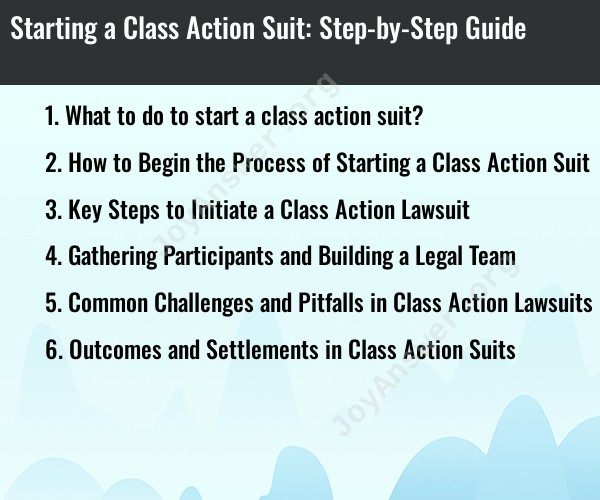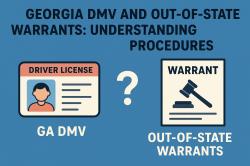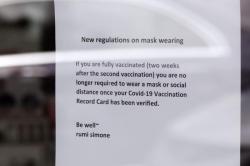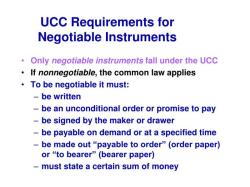What to do to start a class action suit?
Starting a class action lawsuit is a complex legal process that involves several steps. Keep in mind that the process can vary by jurisdiction, and it's essential to consult with an attorney experienced in class action litigation to guide you through the specific requirements and procedures. Here is a general step-by-step guide on how to start a class action lawsuit:
Consult an Attorney: Begin by consulting with an attorney who specializes in class action litigation. Your attorney will help you evaluate the merits of your case and determine if it meets the necessary requirements for a class action.
Identify a Lead Plaintiff: The lead plaintiff, also known as the class representative, is the individual who will initiate the lawsuit on behalf of the class. The lead plaintiff's claims should be typical of the class, and they should have a strong interest in the case.
Investigate and Build a Case: Work with your attorney to investigate and build a strong case. This involves gathering evidence, identifying potential defendants, and establishing the legal claims that will be made on behalf of the class.
File a Complaint: Your attorney will draft a complaint, which is the legal document that initiates the lawsuit. The complaint should outline the facts of the case, the legal claims, and the relief sought on behalf of the class.
Seek Class Certification: After filing the complaint, your attorney will request class certification from the court. This involves demonstrating that the case meets the necessary requirements for a class action, such as commonality, numerosity, adequacy of representation, and typicality. The court will evaluate the request for class certification.
Notify Potential Class Members: If the court certifies the class, you will need to provide notice to potential class members, informing them of the lawsuit and their rights to opt in or opt out of the class. The notice may be distributed through various means, such as mail, email, or publication.
Litigate the Case: The class action lawsuit will proceed through the legal process, which may include discovery, motion practice, and potentially settlement negotiations or trial. Your attorney will represent the interests of the class throughout the litigation.
Settlement or Trial: Depending on the circumstances, the case may lead to a settlement agreement or go to trial. The lead plaintiff and their attorney will negotiate on behalf of the class to achieve the best possible outcome.
Distribution of Awards: If the case is successful, the court will determine the distribution of any awards or settlements to class members based on the plan proposed by the lead plaintiff and their attorney.
Monitor Compliance: After a settlement or judgment, it's important to monitor the defendant's compliance with the court's orders, especially regarding the distribution of awards to class members.
Starting and pursuing a class action lawsuit can be a lengthy and resource-intensive process, so it's important to have a dedicated lead plaintiff and legal counsel with experience in class action litigation. Class actions can be a powerful tool for seeking redress on behalf of a group of individuals who have suffered similar harm, and they can lead to changes in corporate behavior or practices.
How to Begin the Process of Starting a Class Action Suit
To begin the process of starting a class action suit, you will need to:
- Identify a common legal claim. You must have a claim that is shared by a large number of other people. Common claims for class action lawsuits include consumer protection violations, securities fraud, product liability, employment discrimination, and environmental damage.
- Find a class action attorney. Class action lawsuits are complex and require specialized knowledge, so it is important to find an attorney who has experience in this area. You can find class action attorneys by searching online or by contacting your local bar association.
- Gather evidence. You will need to gather evidence to support your claim. This may include documents, contracts, witness statements, and expert testimony.
Key Steps to Initiate a Class Action Lawsuit
Once you have completed the steps above, you can begin to initiate a class action lawsuit by:
- Filing a complaint with the court. The complaint will outline your claim and the evidence you have to support it.
- Serving the defendant with the complaint. Once the complaint is filed, it must be served on the defendant.
- Seeking class certification. Once the defendant has been served, you will need to file a motion with the court seeking class certification. This means that you must ask the court to recognize the lawsuit as a class action.
Gathering Participants and Building a Legal Team
Once the court has certified the lawsuit as a class action, you can begin to gather participants. This can be done by sending out notices to potential class members, advertising in the media, or working with consumer protection groups. You will also need to build a legal team to represent the class. This team may include one or more attorneys, paralegals, and investigators.
Common Challenges and Pitfalls in Class Action Lawsuits
Class action lawsuits can be complex and challenging. Some common challenges include:
- Proving numerosity, commonality, typicality, and adequacy of representation. These are the four requirements that must be met in order for a lawsuit to be certified as a class action.
- Gathering evidence and identifying class members. This can be a difficult and time-consuming process.
- Managing a large class of plaintiffs. This can be challenging, especially if the class members are located all over the country.
- Defending against motions to dismiss or decertify the class. The defendant may file motions to dismiss or decertify the class, which can delay or even derail the lawsuit.
Outcomes and Settlements in Class Action Suits
Class action lawsuits can result in a variety of outcomes, including:
- Settlement: The parties may reach a settlement agreement, which typically involves the defendant paying money to the class members.
- Trial: If the parties cannot reach a settlement agreement, the case may go to trial. If the class is successful at trial, they may be awarded damages, injunctive relief, or both.
- Dismissal: The court may dismiss the lawsuit if it finds that the class does not meet the requirements for class certification or if the plaintiffs do not have a valid legal claim.
Class action lawsuits can be a valuable tool for holding corporations and other powerful entities accountable for their wrongdoing. However, it is important to be aware of the challenges and pitfalls involved in these lawsuits before pursuing one.











